Spotlight on Puglia: Italy’s Best-Kept Secret
With an authenticity that can be hard to find, Puglia is an unspoiled region to add to your list of Italian destinations
With an authenticity that can be hard to find, Puglia is an unspoiled region to add to your list of Italian destinations
When planning a trip to Italy, many head for wine- and sun-soaked Tuscany before venturing south to Positano and Ravello along the picturesque Amalfi Coast. But Puglia, with its whitewashed hilltop towns and rich culinary history, is a longtime favorite of vacationing Italians, and should be next on your list to visit—or to take up residence.
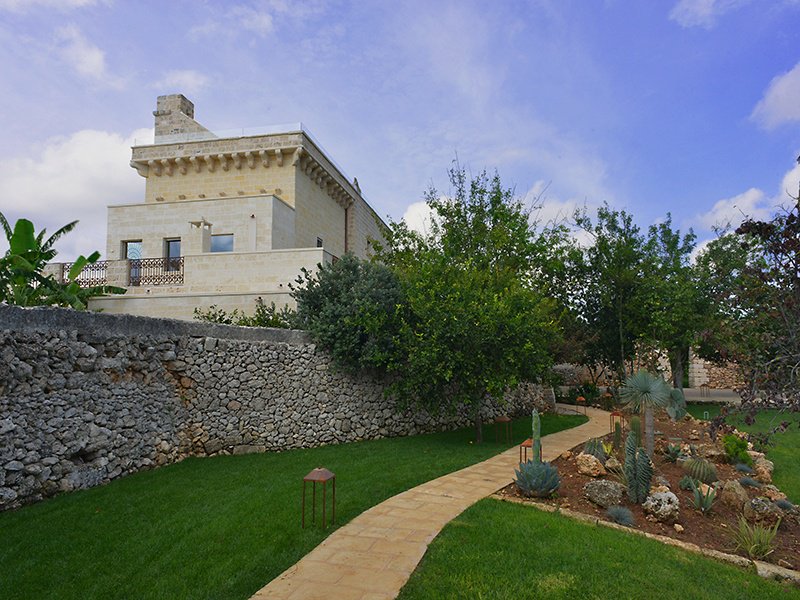
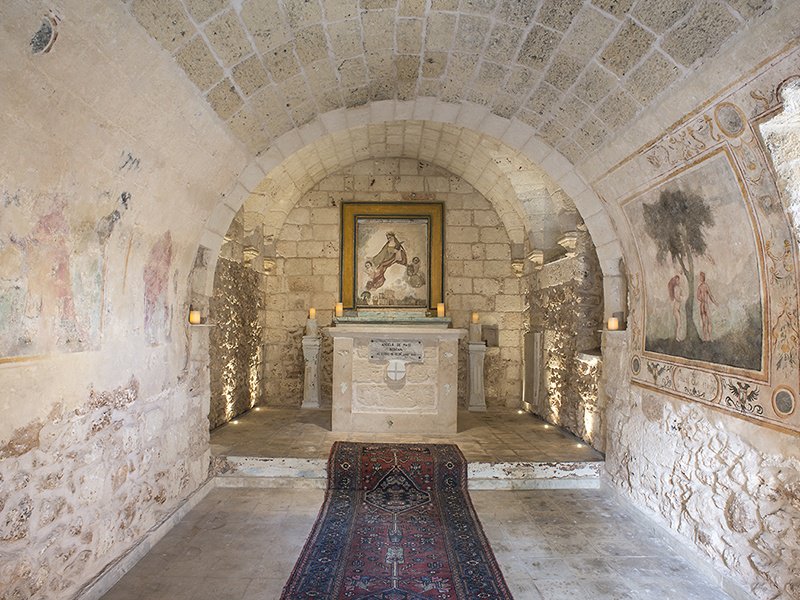
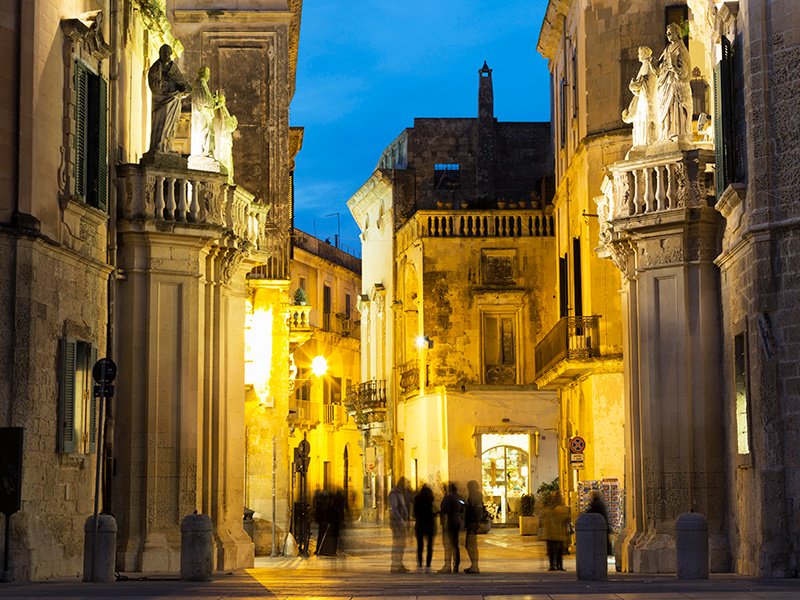
Historic towns and white-sand beaches
The perfect base from which to explore Puglia’s myriad charms, the masseria is located half an hour’s drive from Lecce, the region’s largest city, and also within easy reach of what’s known as “the Maldives of Puglia,” a necklace of pearl-white sandy beaches strung along the southernmost part of Italy’s heel.
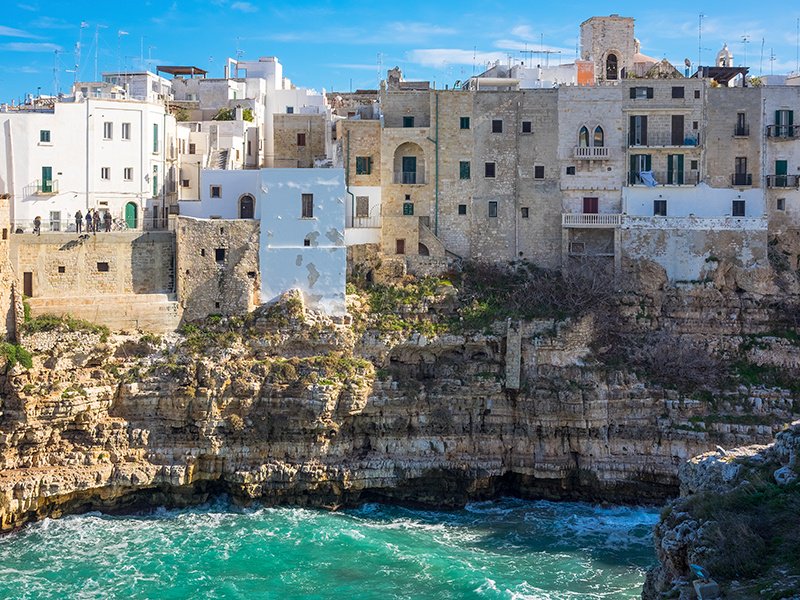
Food as a focal point
Italy is known for its cucina povera, literally translated as “peasant kitchen,” but in Puglia, making the most of limited food stocks has become an art form. In Bari, scores of nonnas (grandmothers) line the streets with smooth oak boards on their laps, rolling out hundreds of tiny ear-shaped pastas made using semolina and water—no egg or butter at all. These orecchiette are then added to a green sauce of leafy turnip tops or broccoli and local olive oil, making a simple and delicious meal.
Grandmothers line the streets, rolling out tiny ear-shaped pastas
In the south, near Lecce, a dish of fave e cicoria pairs fava beans with wilted chicory and olive oil. (Puglia produces around 40% of Italy’s olive oil.) Meat has historically been scarce in Puglia, but today it’s not uncommon to find slow-cooked lamb ragù and cuts of salami on the menu. And, with Puglia so close to the sea, fish and seafood are in abundance. Hard ricotta and oozing, cream-filled burrata are two must-eat cheeses when visiting this now-bountiful region.
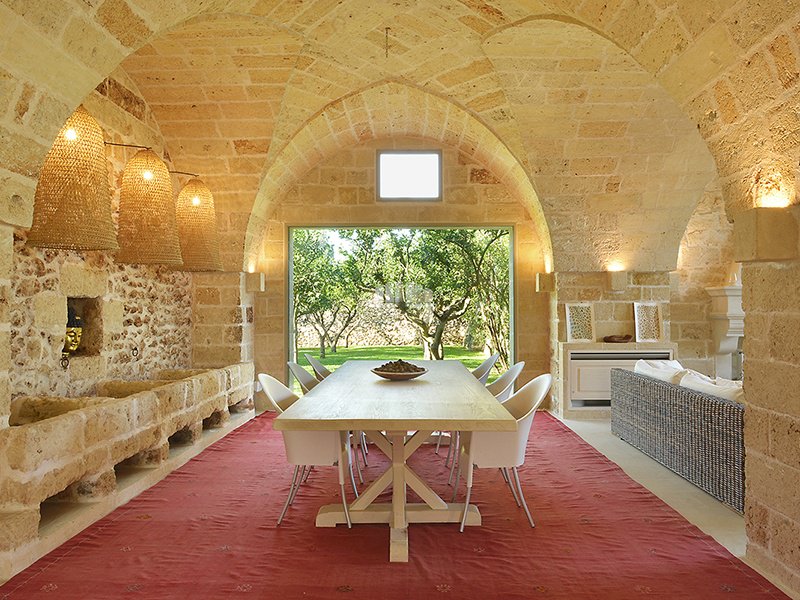
A place to unwind
An abundance of fruit trees native to the region fills the six gardens at Masseria Trapanà. Lemon, lime, fig, pomegranate, plum, and rare cacti surround the croquet lawn. The large vaulted-ceiling common areas of the interior are artfully decorated, and a coffee-table book illustrates the process of the two-year restoration project.
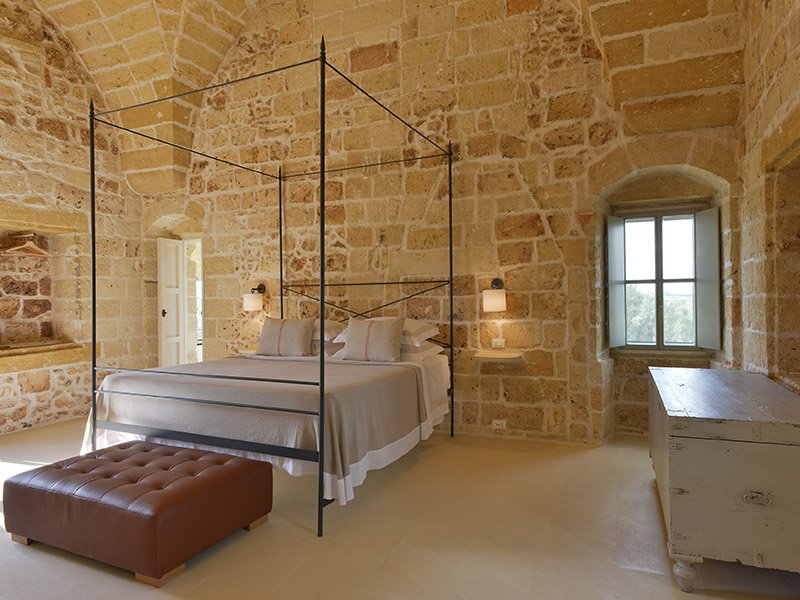
Now in its second season, Masseria Trapanà encapsulates the slowed-down vibe and understated luxury that characterizes Puglia, with a calm atmosphere and privacy that is near impossible elsewhere on Italy’s coastlines.